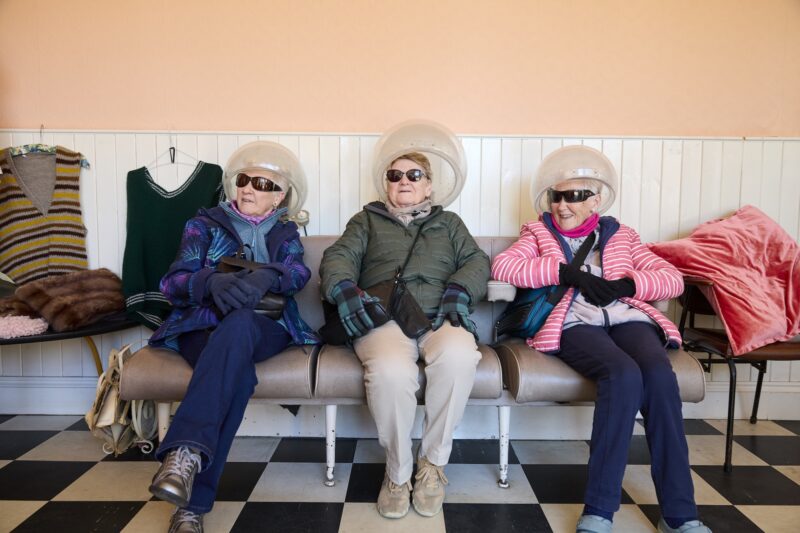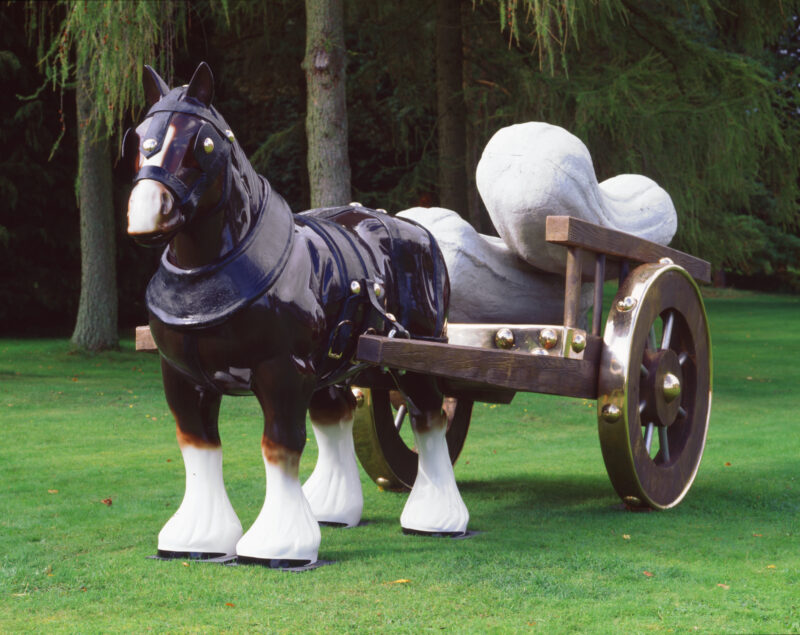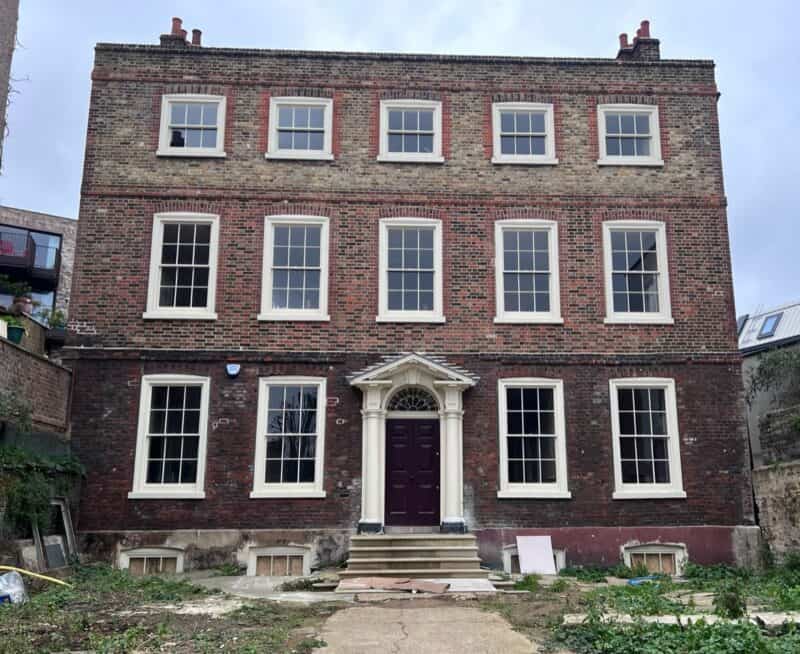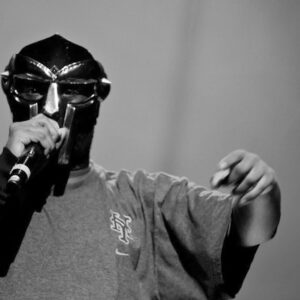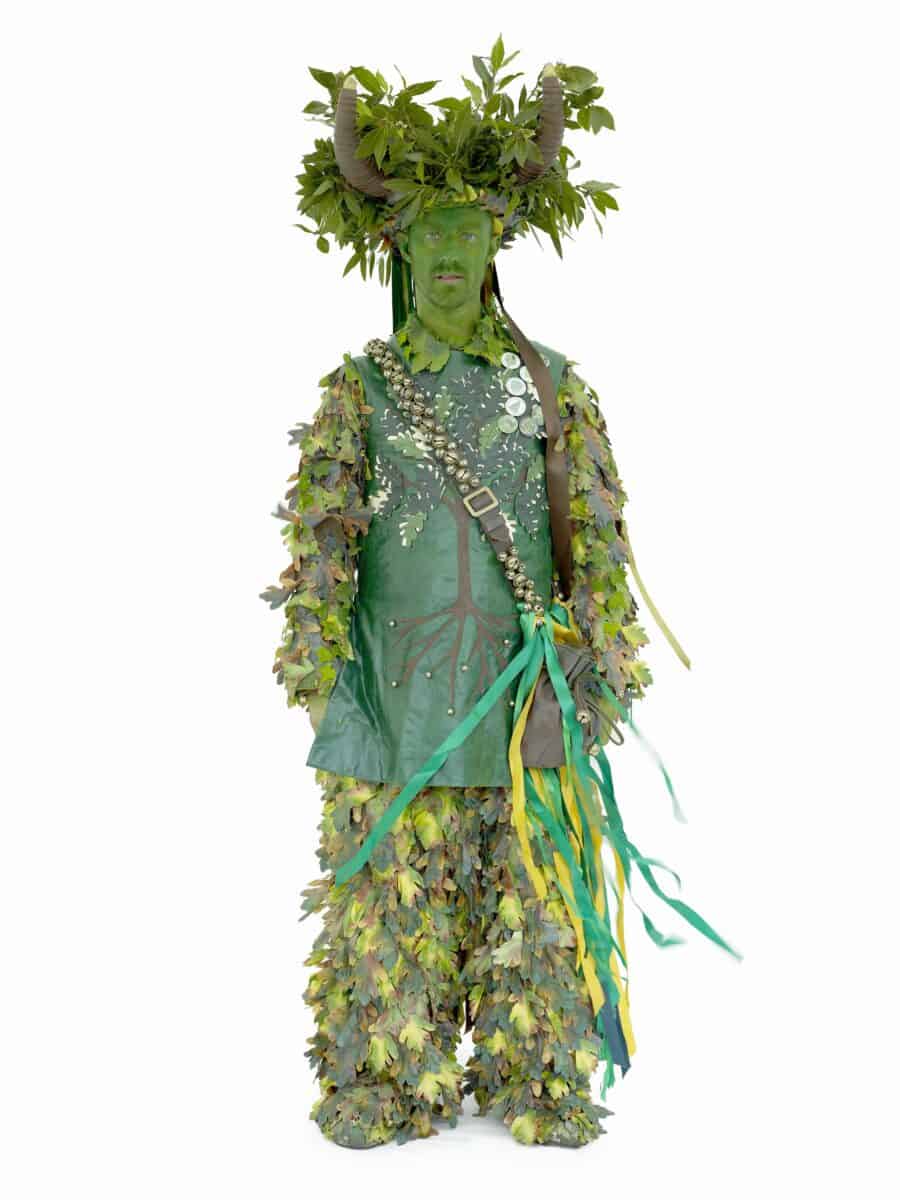
Making Mischief is the first exhibition in the UK dedicated to folk costume, in all its variety, it will present outfits made, customised and worn by people who participate in local, seasonal customs practised by diverse communities across the country – from the Notting Hill Carnival in London to the Festival of the Horse in Orkney.
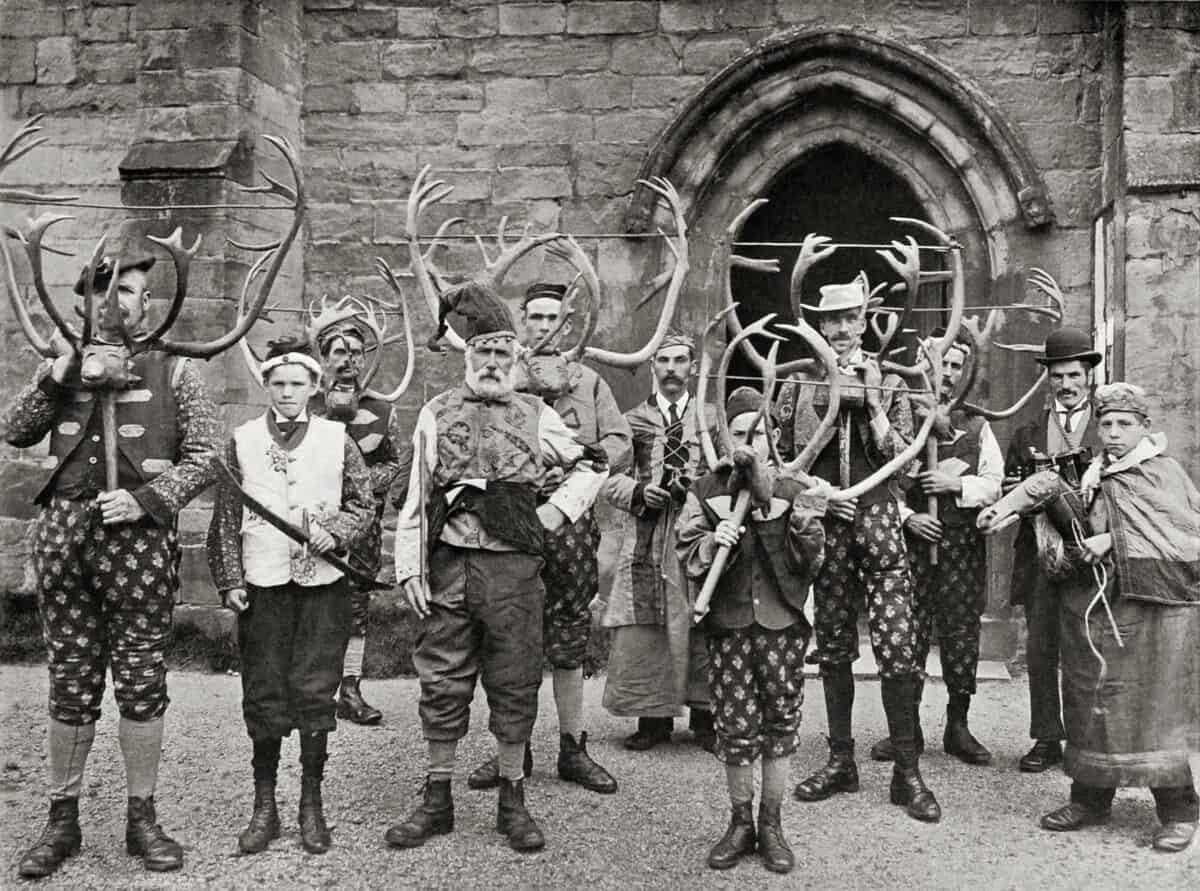
Over 40 costumes will be on display, with examples drawn from as far afield as Cornwall, Sussex and, of course, the Midlands. Each one will demonstrate how widespread and diverse such folk customs are, from rural locations to towns and cities, as well as the creativity and evolution of Britain’s folk communities, which have continued to adapt and embrace changing social mores. The exhibition also highlights how strong connections with the environment and natural world are explored across these very different communities.
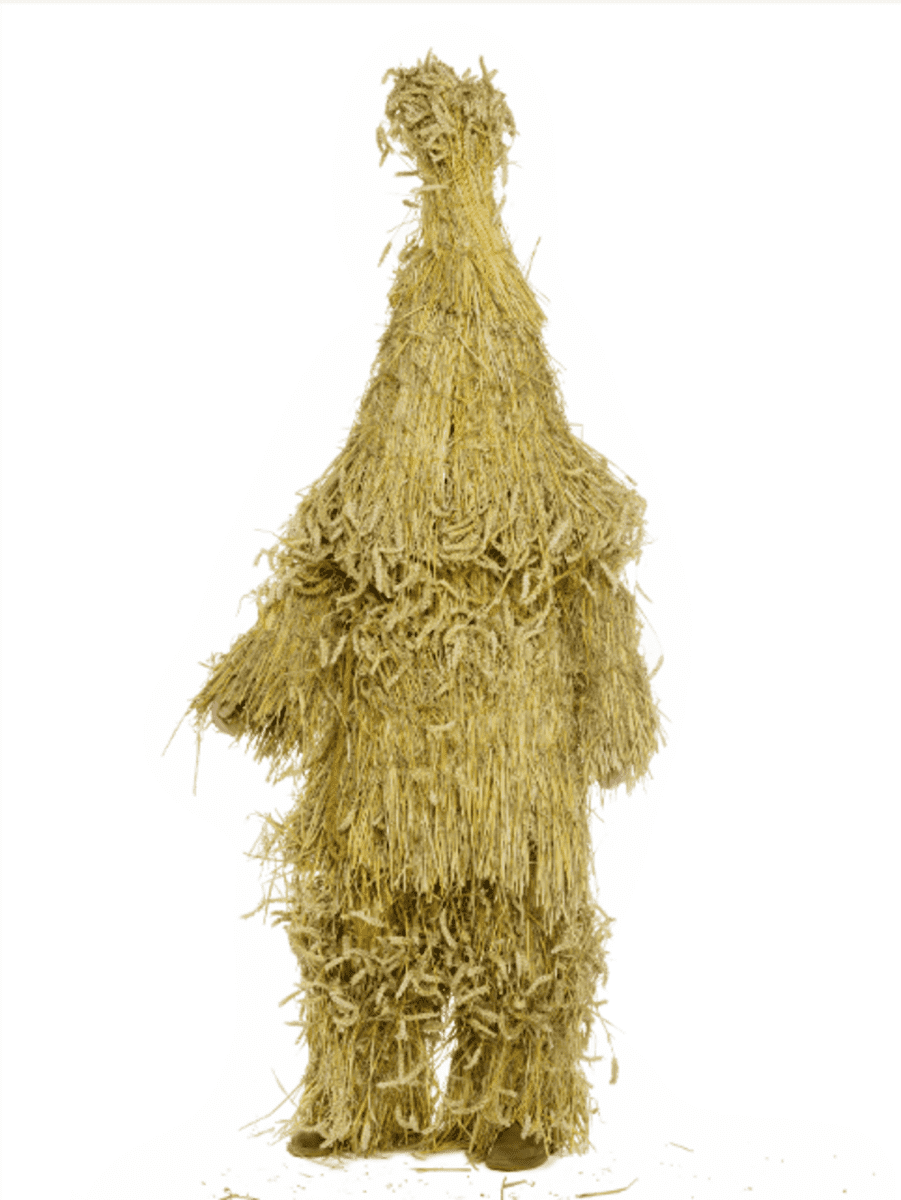
Making Mischief is both a celebration of grassroots traditions and a challenge to preconceived ideas about seasonal customs being fixed and nostalgic. By highlighting developing practices, such as the rise of all-female Morris sides (including Gloucestershire’s Boss Morris) and the inclusion of LGBTQ+ performers in some customs, the exhibition addresses increasing inclusivity among the UK’s folk communities.

The exhibition will also trace and contextualise the origins of folk costume in Britain through objects from Compton Verney’s collection and loans from the Museum of British Folklore, the English Folk Dance and Song Society and the English Folk Costume Archive, alongside the costumes and personal stories sourced directly from practitioners.
Covid-19 exerted a huge impact on in-person folk events and while many communities adapted by putting their events online, nothing could truly replicate the collective joy of Hastings’ Jack in the Green festival, or the raucous Haxey Hood game, played annually in the village of Haxey, North Lincolnshire. As these traditional activities begin to re-emerge, Making Mischief explores the shared creativity, resilience, identity and communality of British folk cultures and the vital role that dress plays within them.
As the exhibition shows, certain themes recur throughout the various events and festivals – notably horses and, of course, music and dance – albeit with widely differing interpretations. The child-focused Festival of the Horse on Orkney is characterised by girls dressing as highly decorated horses, with glinting and jangling costumes that have been handed down through generations, while the boys of South Ronaldsay island congregate on the Sands o’Wright beach and use miniature ploughs to draw lines in the sand, learning the craft of the finely tilled furrow.
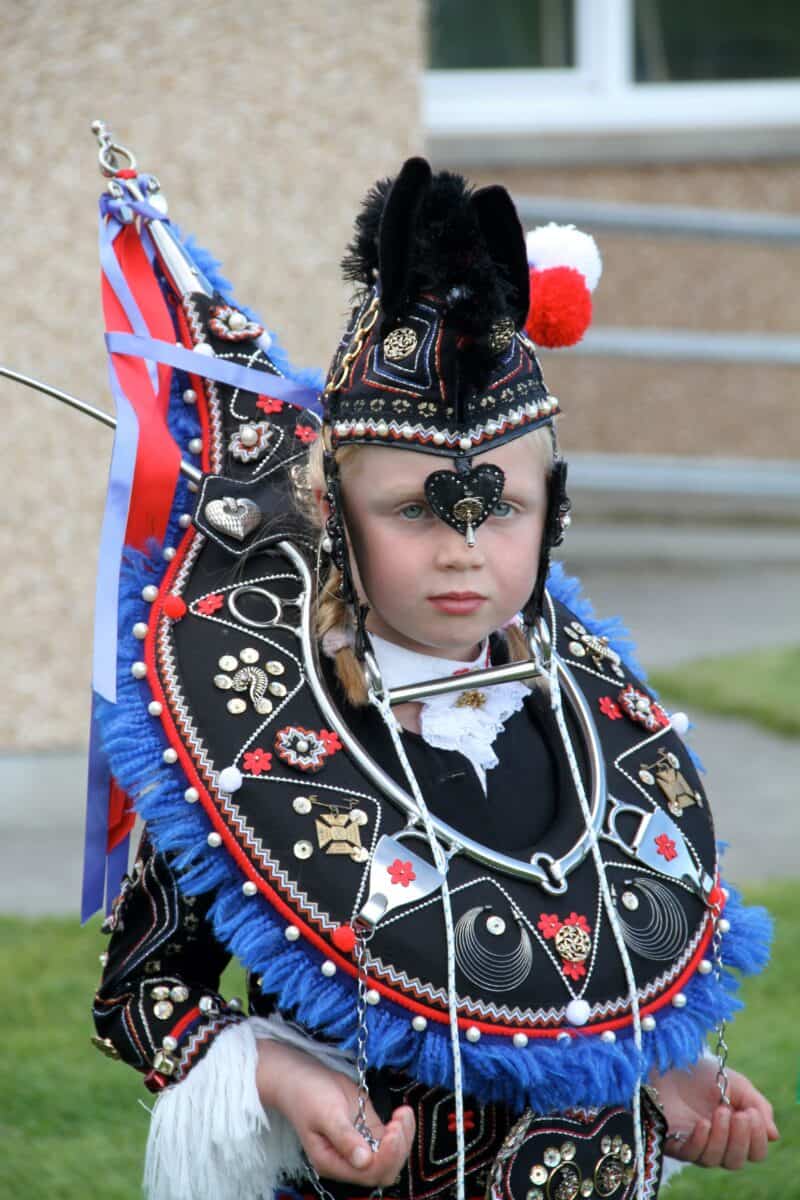
In Kent, another custom centred on horse-like figures is that of Hoodening. Similar to its Welsh counterpart, the Mari Llywd, and Padstow’s Obby Oss, the Hooden tradition revolves around a wooden hobby horse mounted on a pole and carried by someone hidden by sackcloth. In its contemporary form, the Hooden horse is accompanied by local people who are also performers in a humorous play, which is typically performed in pubs and parties. Akin to medieval mummers’ plays, the Hoodening features themes such as death and resurrection, with a new script written each year in rhyming couplets and often featuring references to topical local, national and international events.
While Hastings will forever be associated with 1066, since 1983 it has also become synonymous with what has been described as the “fantastical, viridescent, and energetic spectacle” Jack in the Green Festival.
The fun starts with ‘the Gathering’, a parade from the Stade (beach) in Hastings Old Town, whereupon ‘the Greening’ begins as Jack’s attendants, the Green Bogies – dressed in green rags and foliage – make their way through the ancient lanes.
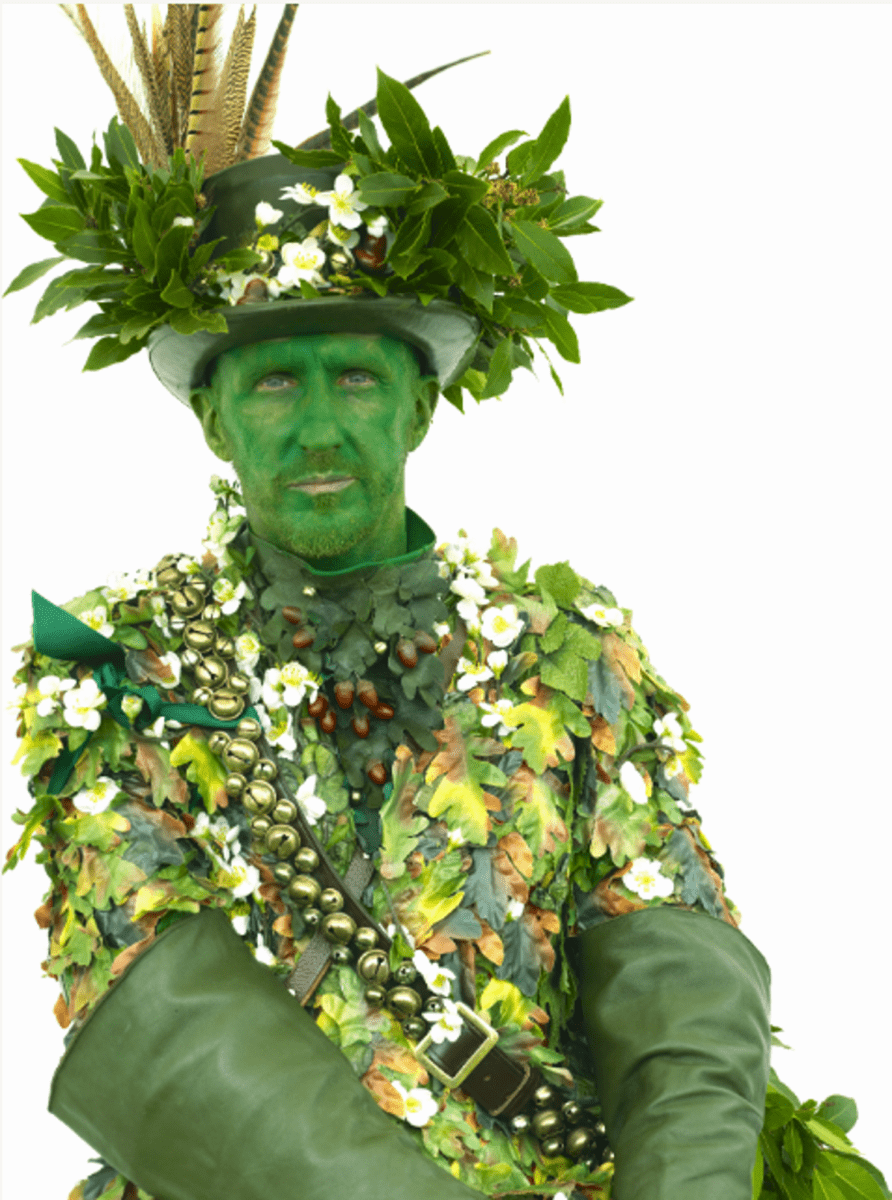
Described as “part man, part bush and big part alcohol”, the role of each of the twelve Green Bogies is to act as Jack’s friend and minder. Together with Jack’s consort, Black Sal – a large man with a drum – and many others, they accompany Jack through the town up to Hastings Castle, on the West Hill. Along the way, if the Bogies deem anyone not to be wearing enough green, they dab a touch of green face-paint to the nose. For the less fortunate, it can be a face full.
In the early 90s, Simon Costin (now Director of the Museum of British Folklore) and Marti Dean were invited by a mutual friend to join in the celebrations and had such fun that they returned to successive Jack in the Green festivals, joined by Craig Sheppard and Spencer Horne to form ‘Gay Bogies on Acid’. Their creative and extravagant costumes had an immediate impact and, combined with the passion they brought to the events, forged the way for wider inclusion for the LGTBQ+ community. The Gay Bogies collective have arguably been pathfinders for other festivals and events by challenging preconceptions of what is ‘traditional’.
Embracing colour, sound and digital technologies to bring the experience of attending these lively celebrations directly into the gallery spaces of Compton Verney, Making Mischief will also be accompanied by an ambitious programme of public workshops and events, which will enable visitors to learn new skills whilst exploring Britain’s rich folk heritage and links with seasonality, sustainability and the natural world. The programme will include a new commission for dressing the façade of the historic house, as well as a new co-created dance piece taking inspiration from the diverse folk-dance traditions found in the Midlands.
Compton Verney Curator Oli McCall says:
This unique and ambitious exhibition promises to be a vibrant demonstration of the sheer variety of local and seasonal folk customs practiced in Britain today, some of which have roots stretching back centuries. It will be an exploration of the enduring appeal of folk customs and a celebration of their communality. Visitors will come face-to-face with costumes – many of which will be on public display for the first time – that have been skillfully crafted and imbued with the love and care of their makers. Thanks to money raised by National Lottery players, we will also have an exciting public programme, including new artistic commissions with local groups, practical workshops and communal events. It is especially exciting to have this exhibition at Compton Verney, where so many of the themes will resonate with our rural location and the layered history of our site, as well with our local communities.
With the 2022 editions of Jack in the Green and the Notting Hill Carnival attracting their largest ever audiences, Making Mischief reflects our age-old need to gather together and share a sense of belonging, both in terms of the landscape and the community in it, as Simon Costin, Director of the Museum of British Folklore observes:
Folklore and vernacular culture have been over-looked and under-valued for so long in the UK and this exhibition hopes to give people an insight into how rich and vibrant it currently is, along with a timely reminder of the need for strong community relations, group creativity and radical self-expression.
Making Mischief is curated by Simon Costin and Mellany Robinson, of the Museum of British Folklore and Professor Amy de la Haye, London College of Fashion, UAL, in association with Compton Verney.
Making Mischief: Folk Costume in Britain, 11th February – 11th June 2023, Compton Verney
Making Mischief was made possible thanks to a £250,000 grant from The National Lottery Heritage Fund. The associated public programme has also been generously supported by the Heritage Fund. This project funding will enable Compton Verney, the Museum of British Folklore and London College of Fashion UAL, to shine a light on folk customs which have hitherto been overlooked by museums, sharing this rich cultural heritage with diverse audiences. An oral history project will gather the reflections of people who participate in folk customs across the country, documenting them for future generations, whilst a programme of funded workshops will provide opportunities for communities in Warwickshire and London to share their own customs and learn new practical skills related to costume.
About Compton Verney
Compton Verney is an extraordinary place, a cultural kaleidoscope. We invite you to roam and discover, be yourself, lose yourself and find yourself. Your search for truth and beauty will bring food for thought and a feast for the soul, leaving you feeling uplifted. It is an award-winning gallery, based in a Grade I-listed Georgian mansion amidst 120 acres of Grade II-listed Lancelot ‘Capability’ Brown parkland in Warwickshire. With six permanent collections (Naples, Northern European Art 1450-1650, British Portraits, Chinese, British Folk Art & The Marx Lambert Collection) and a schedule of thought-provoking changing exhibitions and events both outdoors and in. It is an accredited museum and a registered charity. For more information about Compton Verney, visit comptonverney.org.uk
Twitter @ComptonVerney / Facebook /ComptonVerney / Instagram @Compton_Verney

